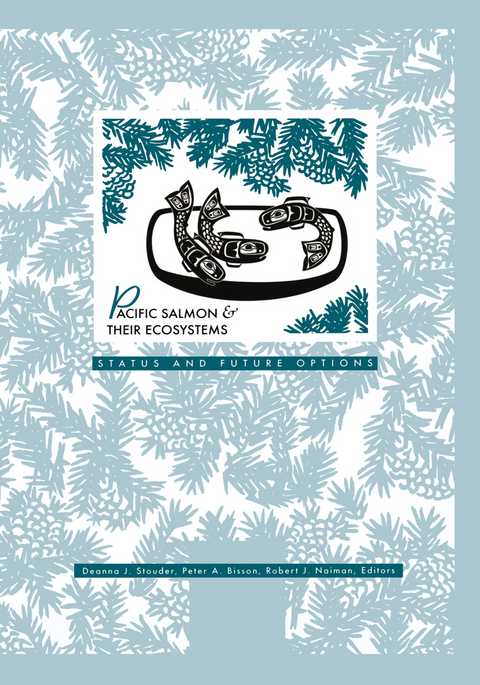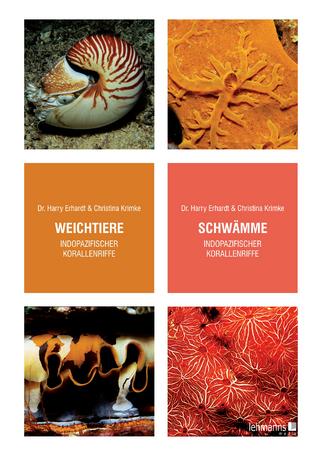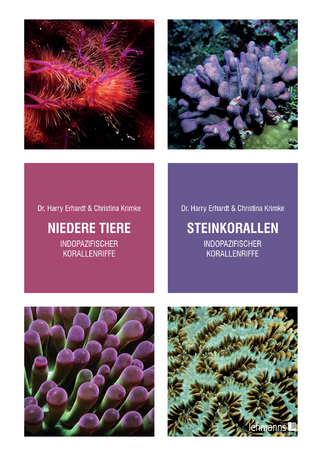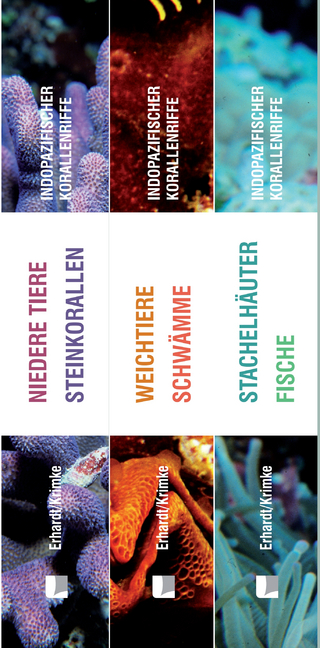
Pacific Salmon & their Ecosystems
Chapman and Hall (Verlag)
978-0-412-98691-8 (ISBN)
Where are We? Resources at the Brink.- to a Complex Problem.- to a Complex Problem.- Old Traditions that Led to Abuses of Salmon and Their Ecosystems.- The Origin and Speciation of Oncorhynchus Revisited.- Status of Pacific Northwest Salmonids.- Pacific Salmon Status and Trends—A Coastwide Perspective.- Analyzing Trends and Variability.- On the Nature of Data and Their Role in Salmon Conservation.- Information Requirements for Salmon Management.- Evaluating Salmon Management Institutions: The Importance of Performance Measures, Temporal Scales, and Production Cycles.- Regional Trends.- California Salmon and Steelhead: Beyond the Crossroads.- Idaho’s Salmon: Can We Count Every Last One?.- Status of Wild Salmon and Steelhead Stocks in Washington State.- The Status of Salmon and Steelhead in Oregon.- Status of Alaska Salmon.- Pacific Salmon Abundance Trends in the Fraser River Watershed Compared with Other British Columbia Systems.- Factors Contributing to Stock Declines.- Genetic Factors Contributing to Declines of Anadromous Salmonids in the Pacific Northwest.- The Role of Competition and Predation in the Decline of Pacific Salmon and Steelhead.- Degradation and Loss of Anadromous Salmonid Habitat in the Pacific Northwest.- The Role of Harvest Management in the Future of Pacific Salmon Populations: Shaping Human Behavior to Enable the Persistence of Salmon.- Salmon Production in Changing Ocean Domains.- Salmon Policies and Politics.- Salmon Fisheries in the Pacific Northwest: How are Harvest Decisions Made?.- Habitat Policy for Salmon in the Pacific Northwest.- Water Management and Water Quality Decision Making in the Range of Pacific Salmon Habitat.- A Resource in Crisis: Changing the Measure of Salmon Management.- Technological Solutions: Cost-EffectiveRestoration.- Watershed Management and Pacific Salmon: Desired Future Conditions.- Restoration of Riparian and Aquatic Systems for Improved Fisheries Habitat in the Upper Columbia Basin.- Rehabilitation of Pacific Salmon in Their Ecosystems: What Can Artificial Propagation Contribute?.- Managing Resources with Incomplete Information: Making the Best of a Bad Situation.- Is Ecological Risk Assessment Useful for Resolving Complex Ecological Problems?.- An Ecosystem-based Approach to Management of Salmon and Steelhead Habitat.- Institutional Solutions: Effective Long-Term Planning and Management.- Do We Need Institutional Change?.- To Till the Water: A History of Ideas in Fisheries Conservation.- Values in the Valuing of Salmon.- Organizational Systems and the Burden of Proof.- Salmon, Stewardship, and Human Values: The Challenge of Integration.- Where Do We Go From Here?.- Where Do We Go From Here? An Outsider’s View.- Sustaining Salmon: Three Principles.
Text derived from symposium of same name, convened in Seattle, Washington in 1994. Thirty-six papers link salmonid declines with biological, political, and social factors regulating resource management and conservation American Fisheries Society; Text derived from symposium of same name, convened in Seattle, Washington in 1994. Thirty-six papers link salmonid declines with biological, political, and social factors regulating resource management and conservation - American Fisheries Society.; ...comprehensive and thought-provoking... - Salmon Farming.
| Erscheint lt. Verlag | 30.11.1996 |
|---|---|
| Zusatzinfo | XXI, 685 p. |
| Verlagsort | London |
| Sprache | englisch |
| Maße | 178 x 254 mm |
| Themenwelt | Naturwissenschaften ► Biologie ► Limnologie / Meeresbiologie |
| Naturwissenschaften ► Biologie ► Ökologie / Naturschutz | |
| Naturwissenschaften ► Biologie ► Zoologie | |
| Weitere Fachgebiete ► Land- / Forstwirtschaft / Fischerei | |
| ISBN-10 | 0-412-98691-4 / 0412986914 |
| ISBN-13 | 978-0-412-98691-8 / 9780412986918 |
| Zustand | Neuware |
| Informationen gemäß Produktsicherheitsverordnung (GPSR) | |
| Haben Sie eine Frage zum Produkt? |
aus dem Bereich


